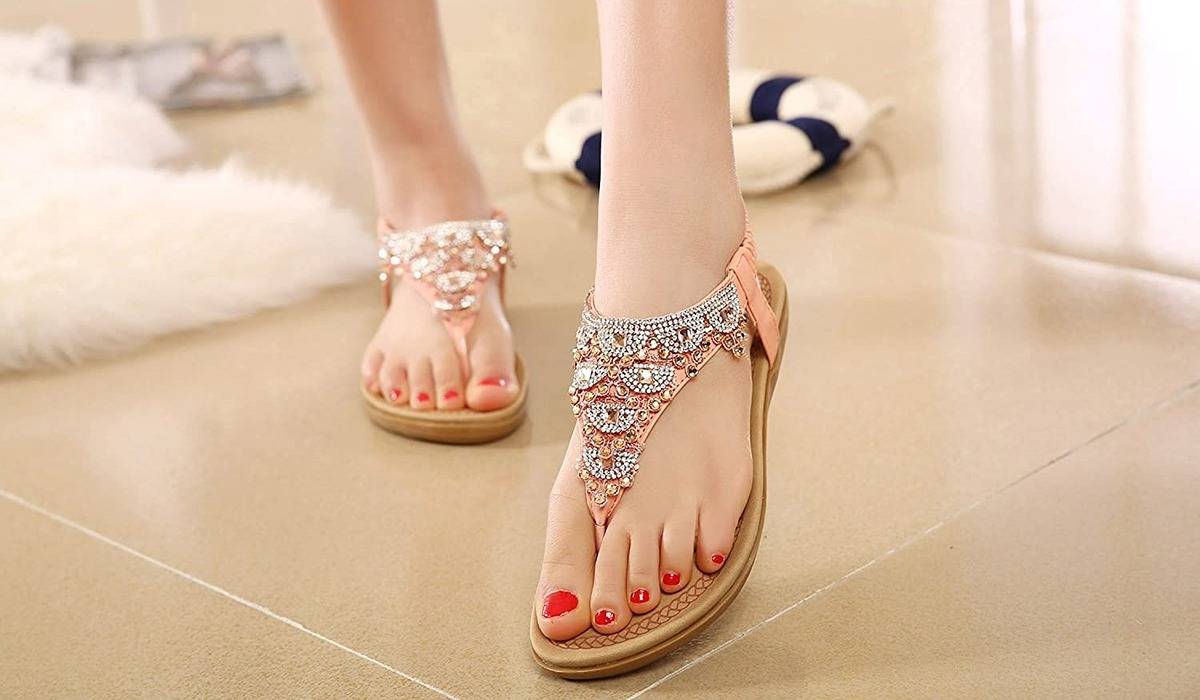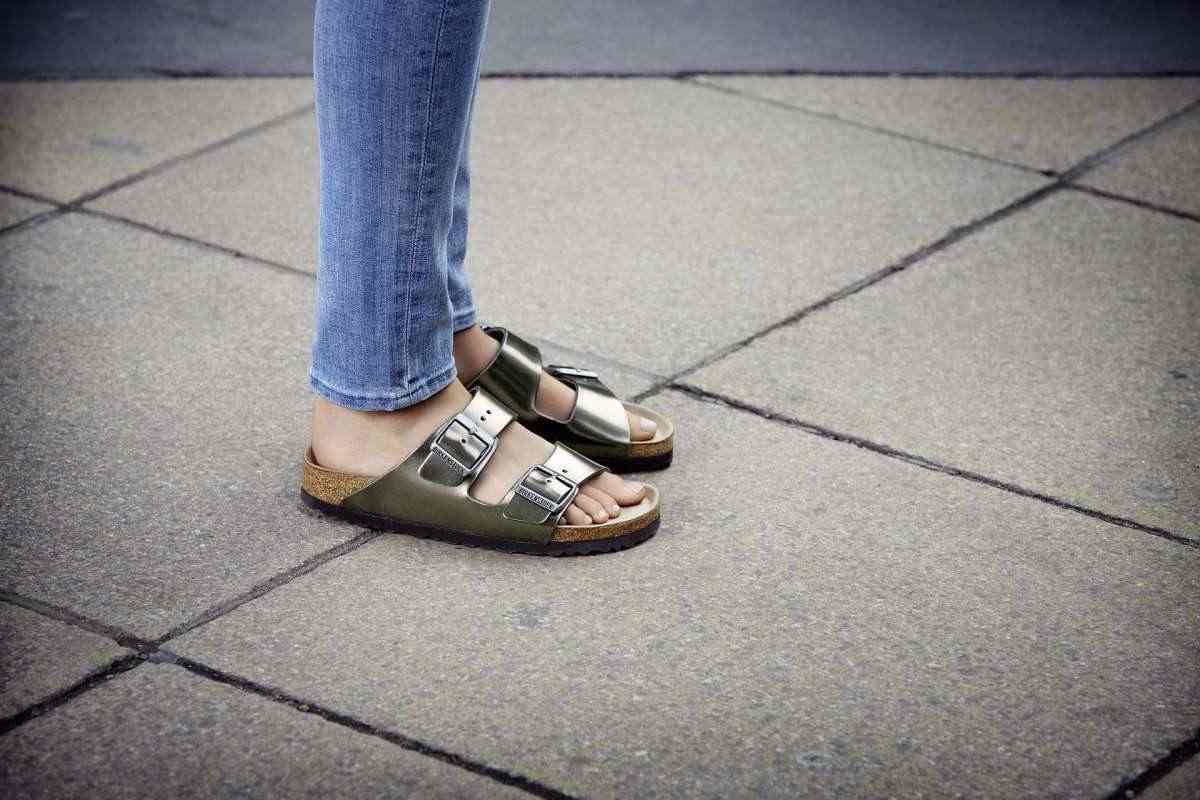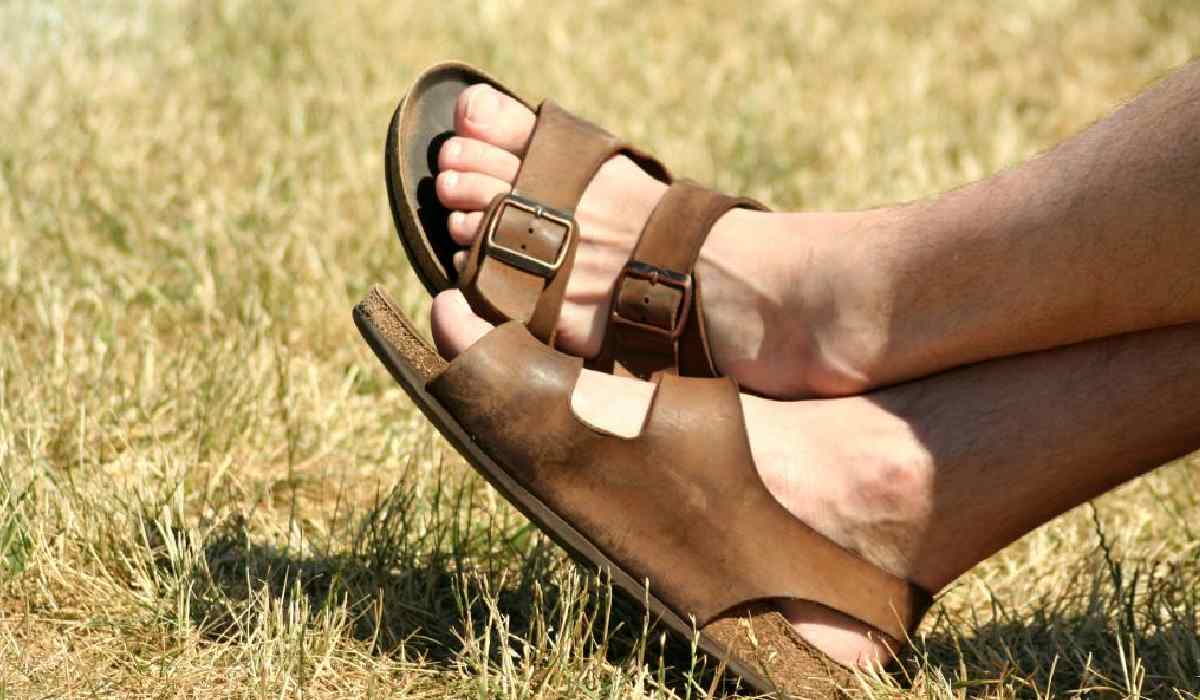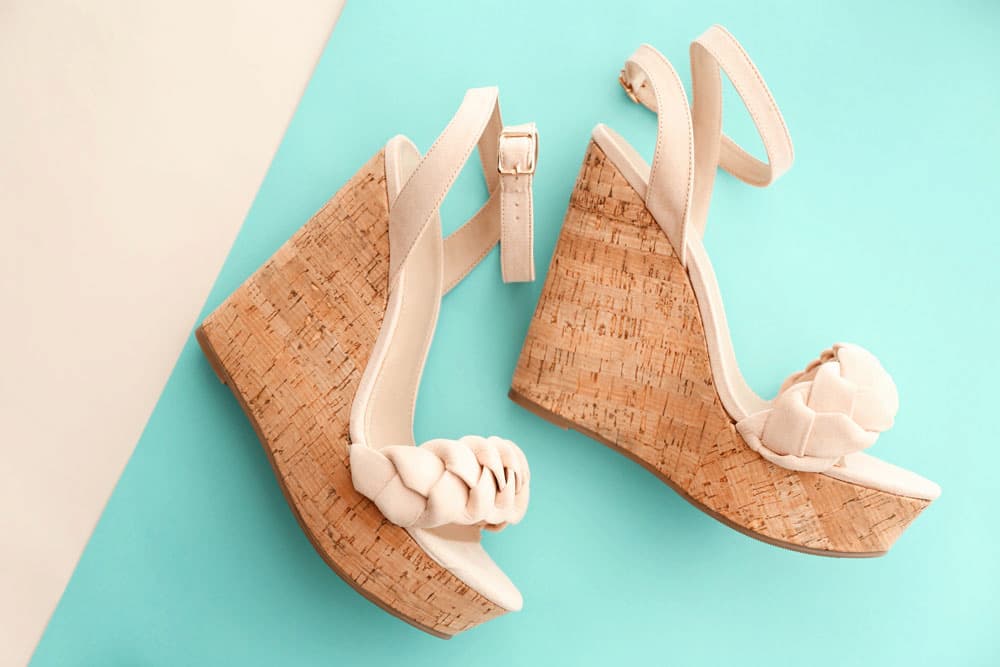There are a few precautions you should take into account before buying a pair of jelly sandals with heels. If you are going to purchase the size 11 you need to know how to use such sandals at public.
When you first slip on a shiny new pair of heels, you can’t help but smile and feel like a million dollars. There is also nothing like the existential dread you feel when your feet start hurting an hour into the event and you start to wonder how on earth you are going to make it through the day.
Where can I find advice on how to wear high heels without discomfort? When you walk, do you feel stable in high heels? Is it a rare form of magic that only a select few can use? Would you be able to teach yourself to walk in high heels?
Don’t worry. The solutions are here with us. We’ll go over tried-and-true methods for alleviating your foot pain and explore the underlying causes of your discomfort.
This is a physiotherapy blog, so naturally, we hope you’ll ditch the heels in favor of something more practical. But since that’s probably not going to happen, we figured we’d give you some tried-and-true (and scientifically backed!) advice for making it through the day in your favorite pair of stilettos.
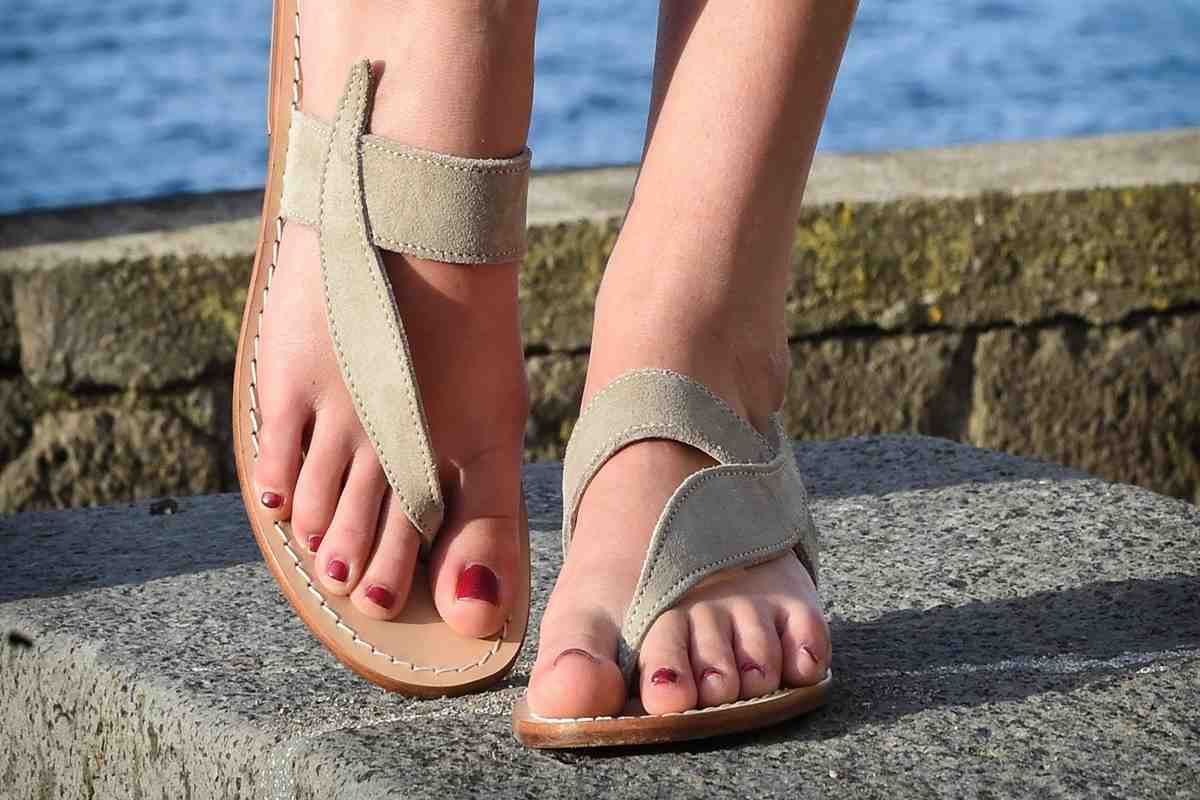
How Come High Heels Hurt?The first clue is the location of the heel.
Does the heel of your dream stiletto drop perpendicular to the back of the shoe when you picture it? Maybe you have your heels set a little closer together. Here are two pairs of Jimmy Choo heels:
most bearable heel heightThe heel of the shoe in the first image is lower than in the second. If you get discomfort in the ball of your foot while wearing heels, podiatrist Abby Towfigh recommends trying on shoes with the heel situated.
deeper in, like the ones in the first image. This puts less stress on the forefoot and puts more responsibility on the heel.You may watch the video below to hear her entire remarks:
Secondly, make it shorterYou probably already know this, but if you want to keep your feet healthy, choose heels that are 3 inches or lower in height.
When you walk normally, your feet naturally go from heel to toe, but when you wear heels higher than 3 inches, the biomechanics of your walk are altered, and your feet naturally desire to shift to toe-heel toe-heel to maintain your balance.
Don’t fret if the heel height of your most cherished pair of heels is more than three inches. Most heels may be shortened by an inch or more when taken to a shoe cobbler.
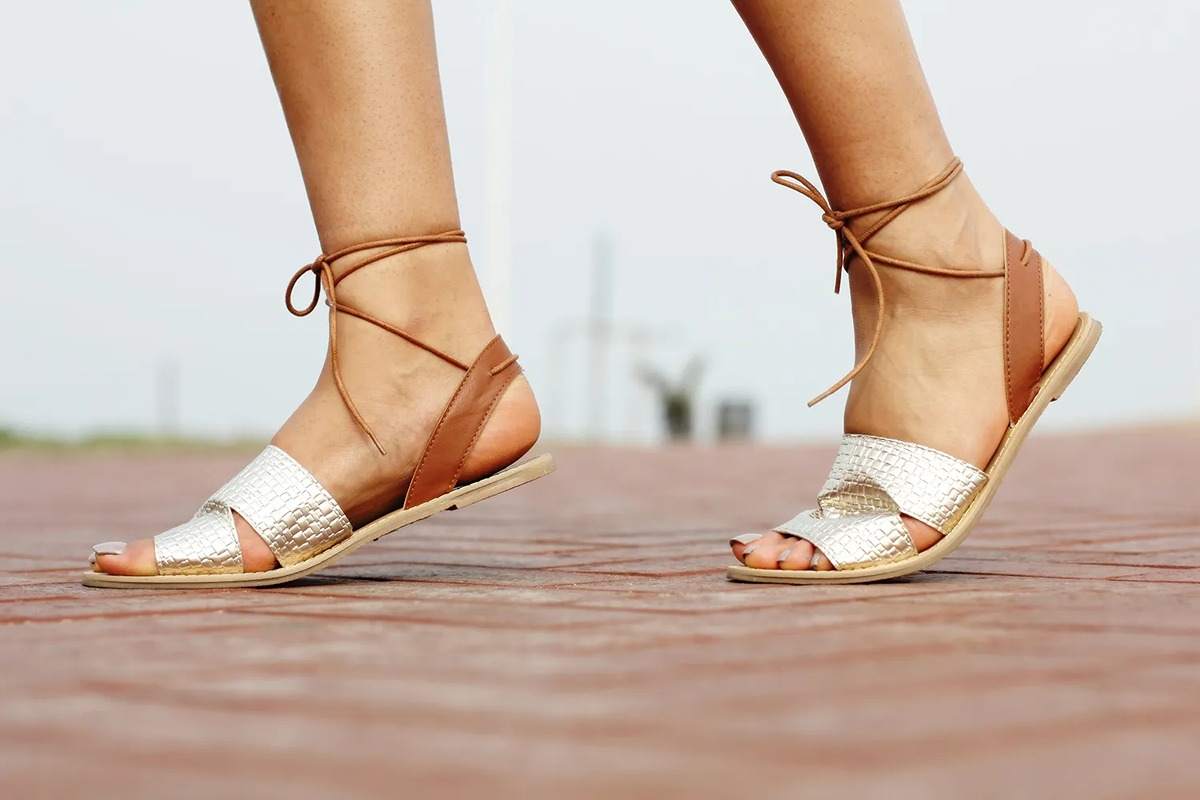
Just thought your heels are lower now doesn’t imply your posture and gait are the same as they were before. Watch this short video from the Musicians Health Collective to observe how your posture will alter after only a few minutes of wearing 2-inch heels:
What kind of toe shape it hasIt’s common advice to opt for a more rounded toe rather than a pointed one when purchasing footwear. In principle, you’re correct, but the toe shape may play a different role in practice.
How high the vamp (the lip of the toe section) goes can actually play a role if you experience pain on the side of your foot near your baby toe or your big toe (or the ‘bunion zone’).
You should check that the vamp doesn’t go through or near the place where you usually get itchy. You may also get support in the shoe’s insole.
The leather insole will stretch and shape to your foot exactly like the rest of the shoe, providing you with a custom fit.
The Structure of a High HeelWhether or whether your foot completely fills the toe box determines how significant a function the toe shape may play.
If your toes are shorter than average, you may find that pointed shoes fit comfortably since your toes do not have to squeeze into the toe box. However, the toe box may not be roomy enough for your foot in a pair of pointed shoes if you have longer toes.
The optimal shoe for your foot type is a matter of personal preference, not science. You yourself are the most reliable yardstick. Find out what feels best by listening to your feet.
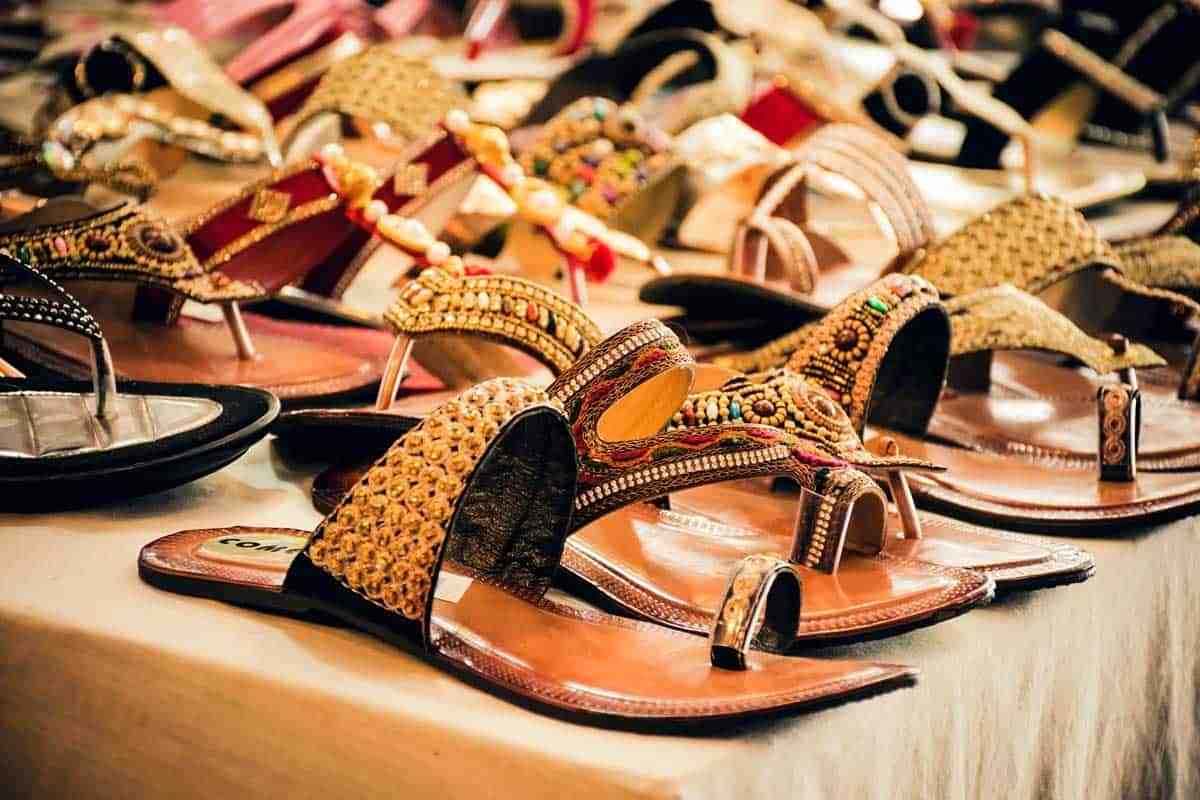
4 Heel thickness increases stability.The more delicate the heel, the more precarious the wearer’s equilibrium becomes. To visualize your support system, try standing up barefoot.
Maintain a distance of about a shoulder’s breadth between your feet. If you want to give it a thorough test, have someone give you a little push.
The next step is to go down on all fours and get another little push from an assistant. To retry, please stand on one foot.
use heel sandals at publicThe appropriate pair of heels may boost your self-esteem and sense of style in public. For ladies a pair of high heels are great to use Any piece of clothing may be converted into a high-fashion outfit by just putting on the right pair.
While long-term use of high heels may induce back discomfort, short-term use is unlikely to create any major problems. Simply adopt an appropriate walking form, avoid heel pain, and get your feet properly sized.
The following are some of the most comfortable heels that will keep your feet happy when strolling, touring, shopping, or dancing.
Here are a handful of the greatest looks for any lady to try:PUMP FOR HIGH DESIRESCole Haan’s Grand Ambition Pump is part of a collection influenced by biomechanics research at UMass Amherst. These heels are among the most functional and practical alternatives on the market.
HARPER STRAPPED ANKLE HEELSEven though a low heel isn’t necessarily more comfortable, reviewers love these Lulus shoes. Customers like them since they last a long time, are fairly priced, and can be utilized for a variety of special occasions.
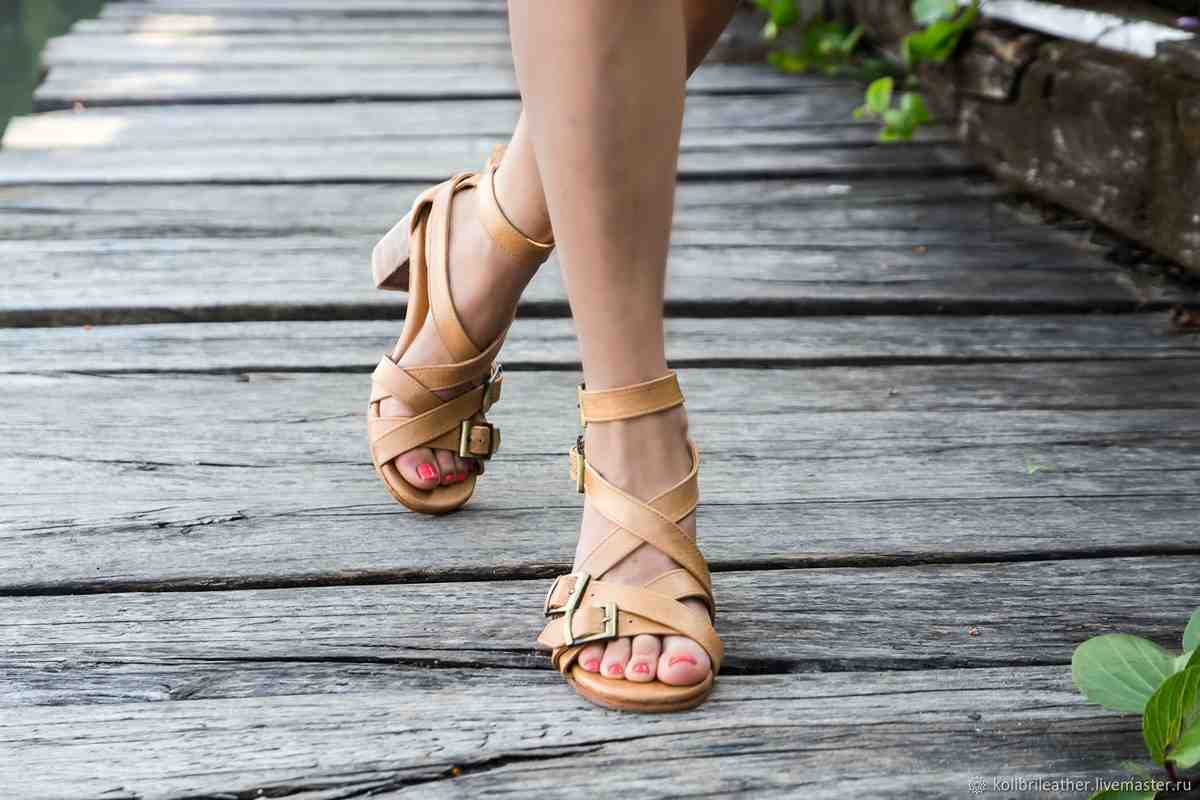
The issue is how you walk with them.
Take a heel-to-toe stride. If you’re not accustomed to walking on your toes, your impulse may be to do so. Walking heel-to-toe is less steady and seems less natural.
To walk correctly, place your heel first, then roll your foot forward onto your toes. If you’re wearing flats, try not to fall totally on your foot. Visual and tactile dissonance is unavoidable.
If you’re wearing particularly high stilettos, land on the outer edge of the heel and roll to the toe. High heels may shatter if you land directly on the heel of your foot.
Do things in little steps. Because of their design, heels inherently force you to walk more cautiously than normal. Walk more gently to keep your equilibrium.
Before you wear heels out in public, you should put them on at home to assess how much they make your feet and legs seem smaller.
Reduce your step size by half if you find it more comfortable. By not taking baby steps, you may avoid seeming uncomfortable and unnatural.
